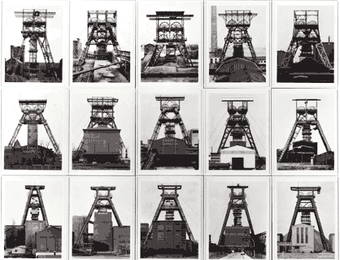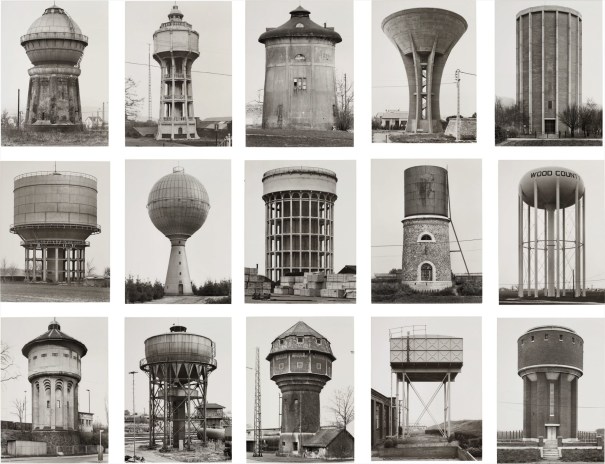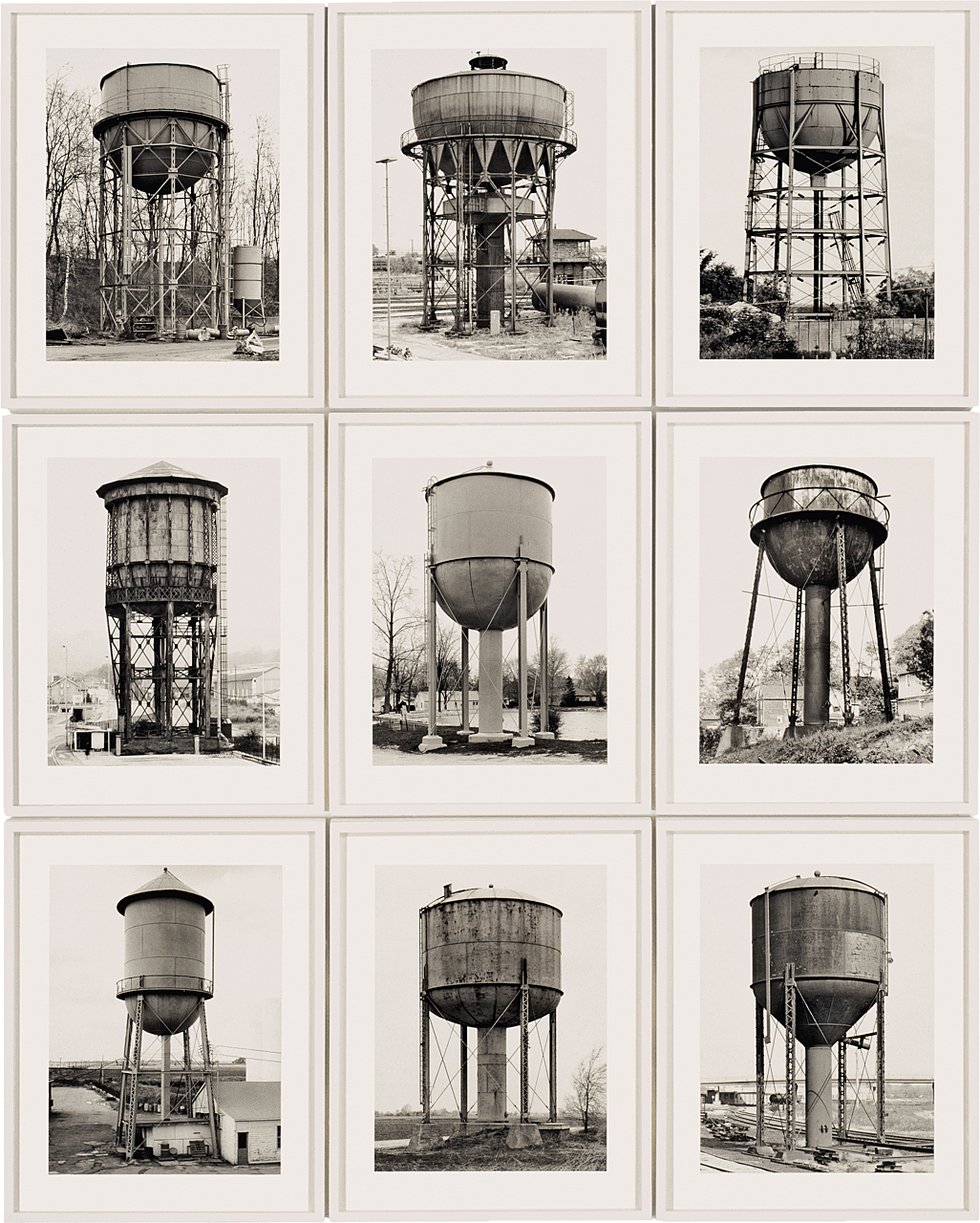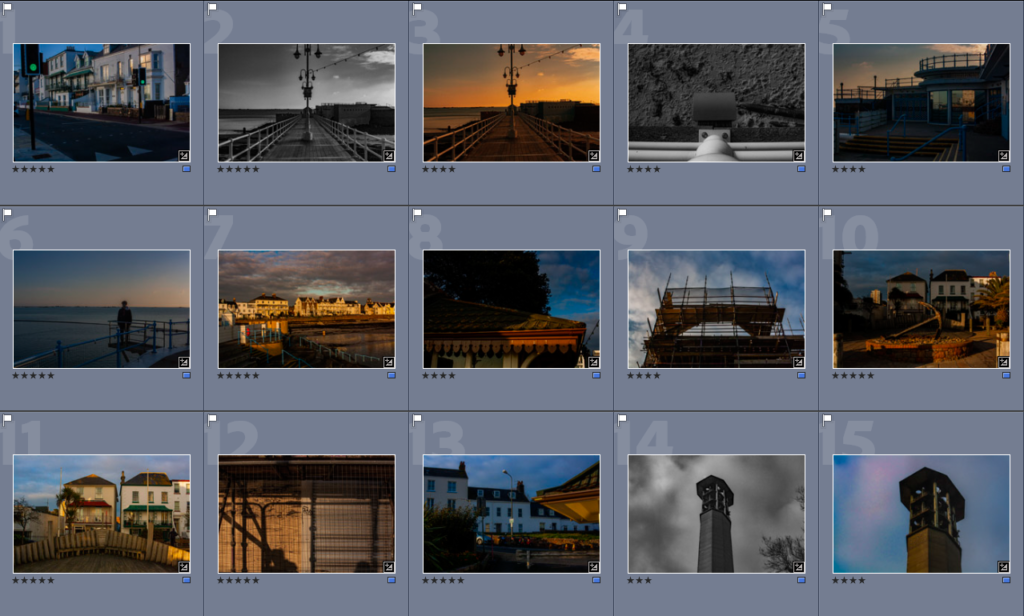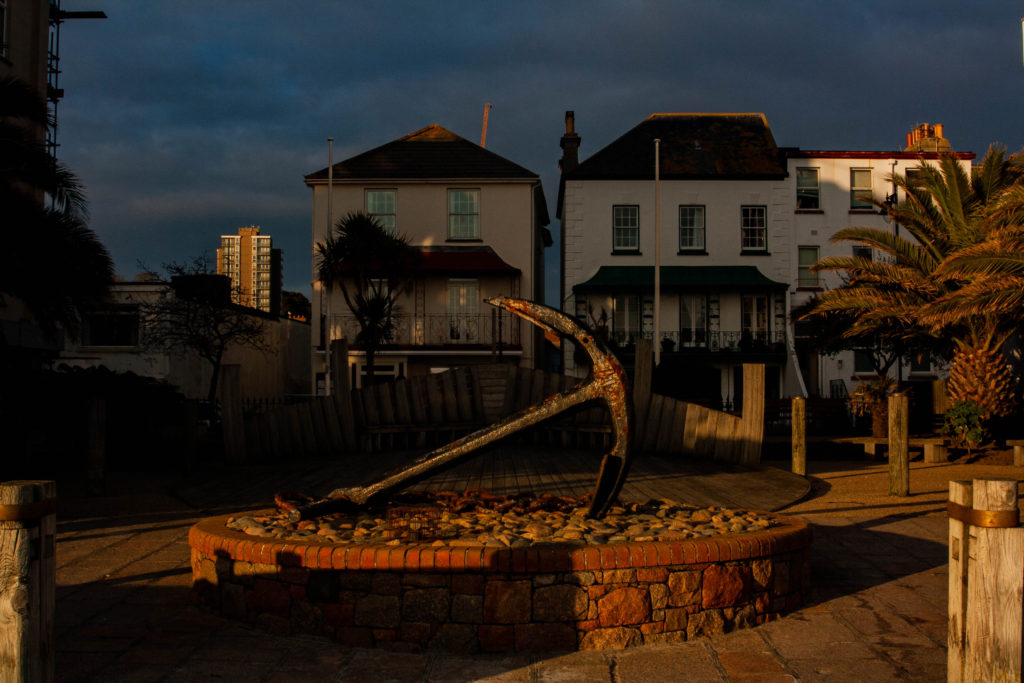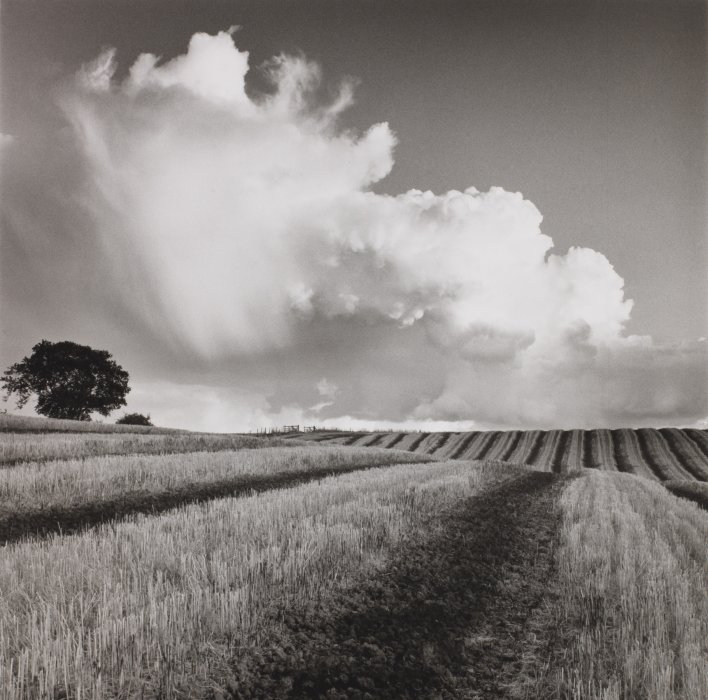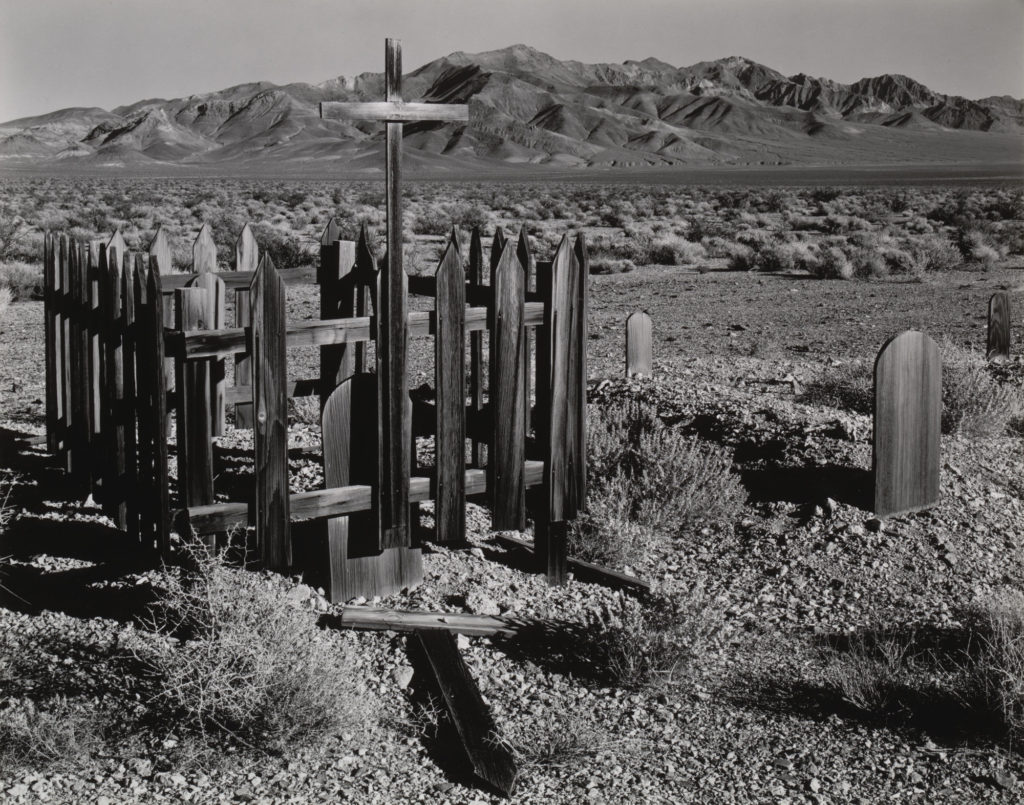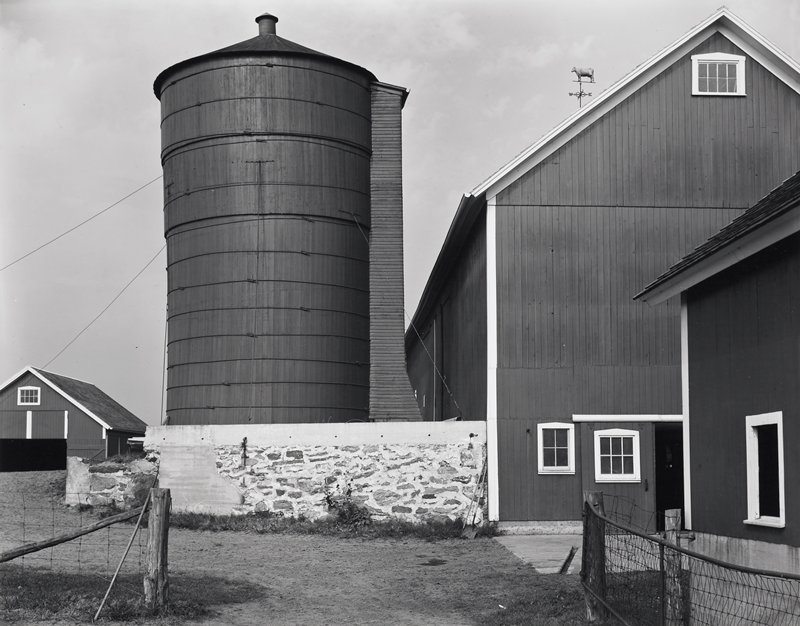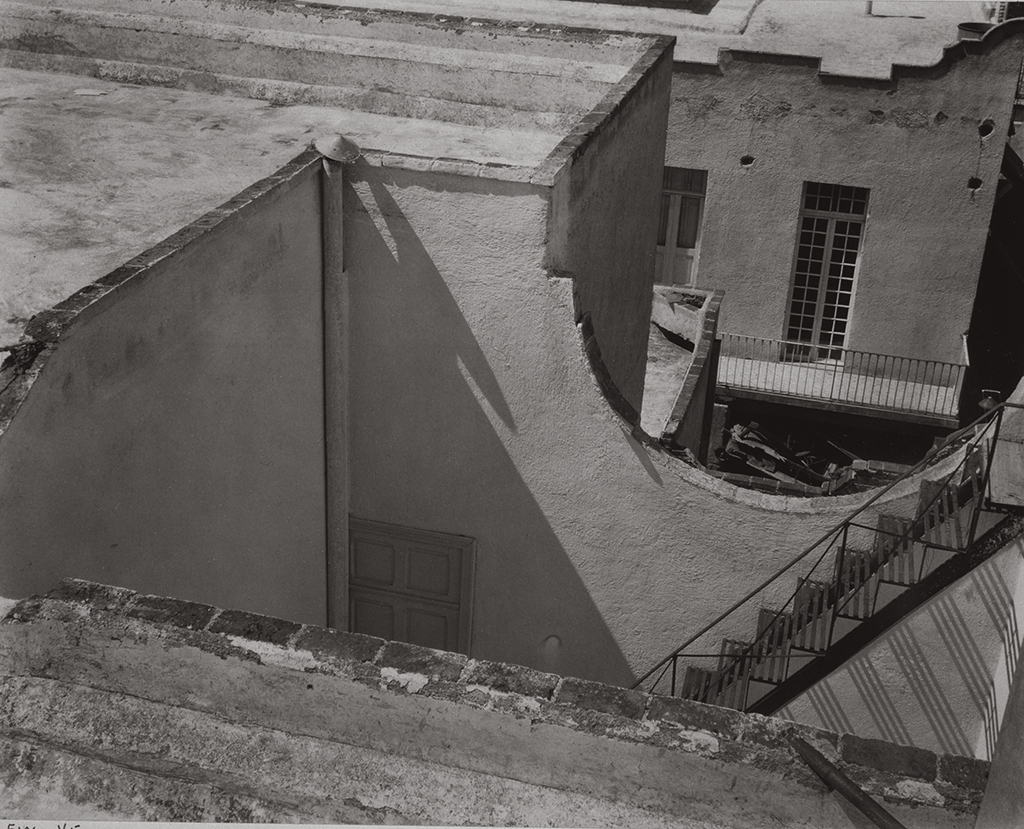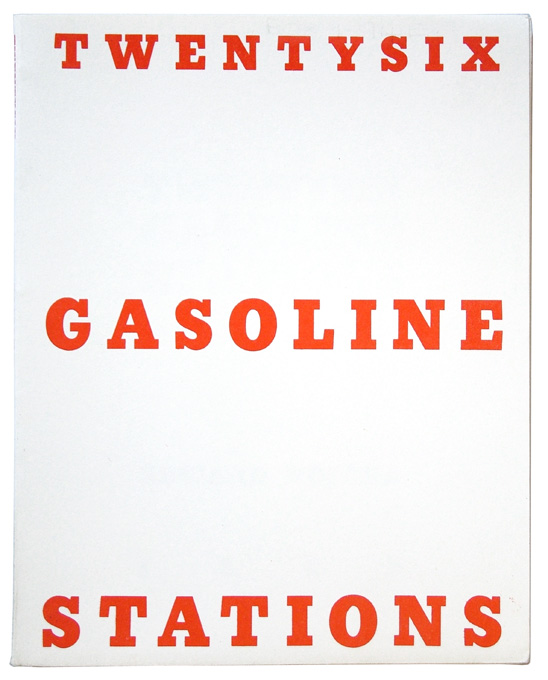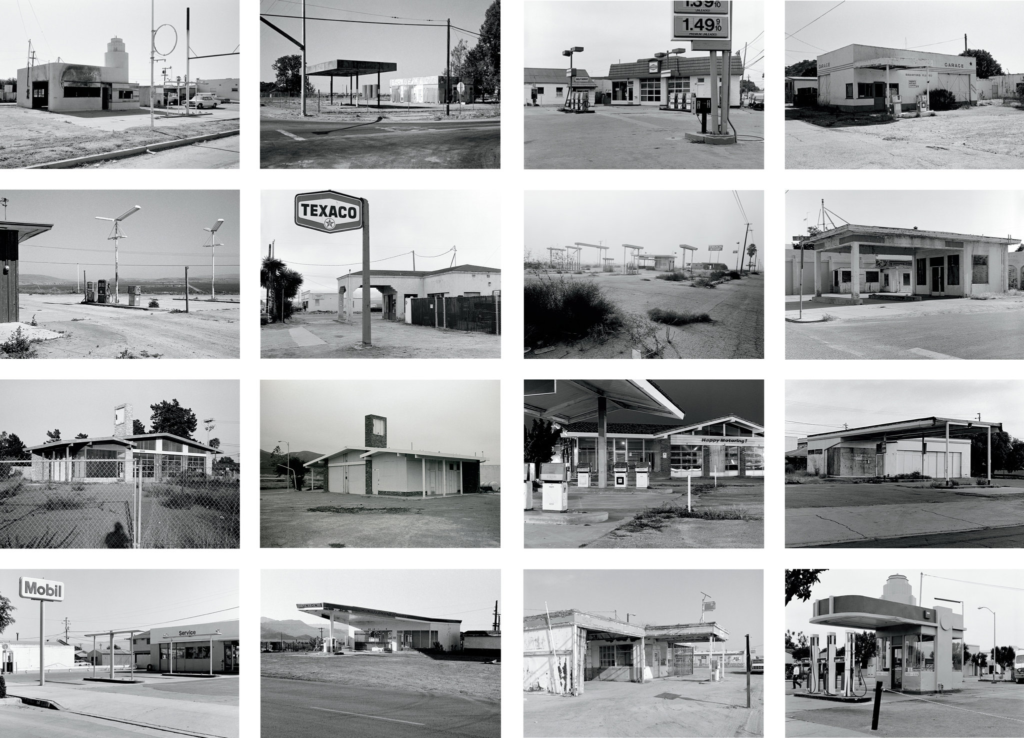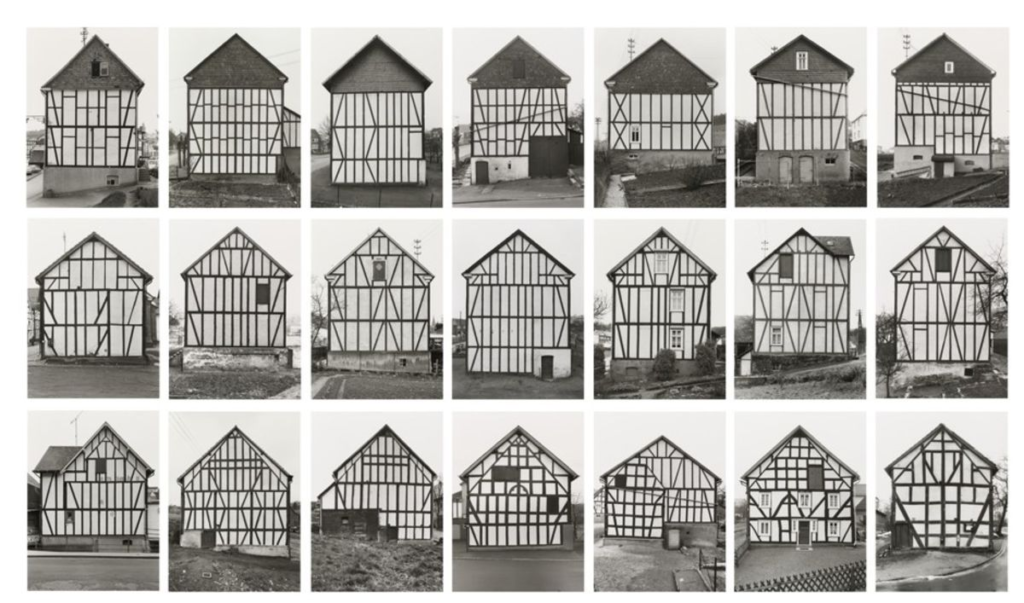My plan for doing the typology photoshoot would most obviously be taking pictures of specific things and areas round jersey. But this will include things like Boats at harbours. There isn’t anything meaningful behind it besides the aesthetic behind them if I edited them. For example: (Except it will include individual boats)

Furthermore, on the topic of harbours I’d like to take images of piers. There is a meaning behind this one, being that as a kid, lets say round 12-15, especially during summer, I would go pier jumping a lot, as a way of feeling alive from the fall and the instant shock of the water, even learning tricks to spice it up a little bit.

Harbours even have a lot of history behind them, from how old they are and through what they have been through, thinking about storms etc.




